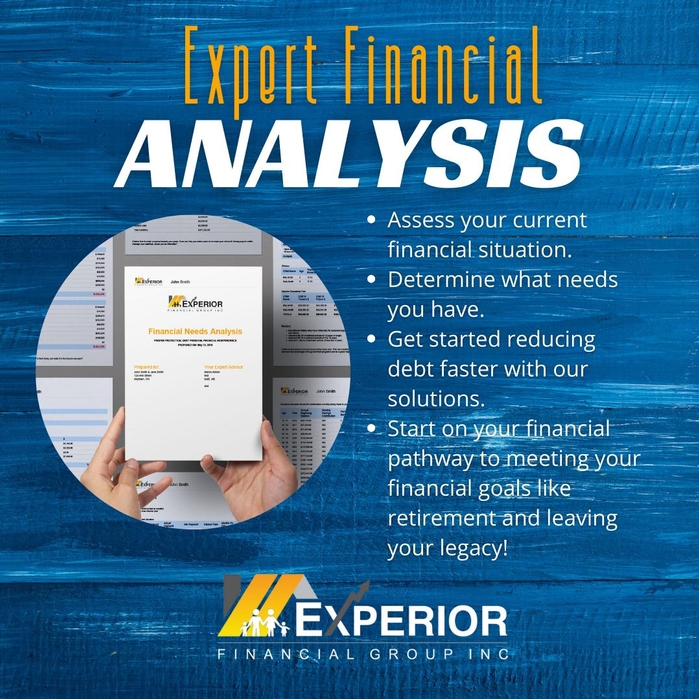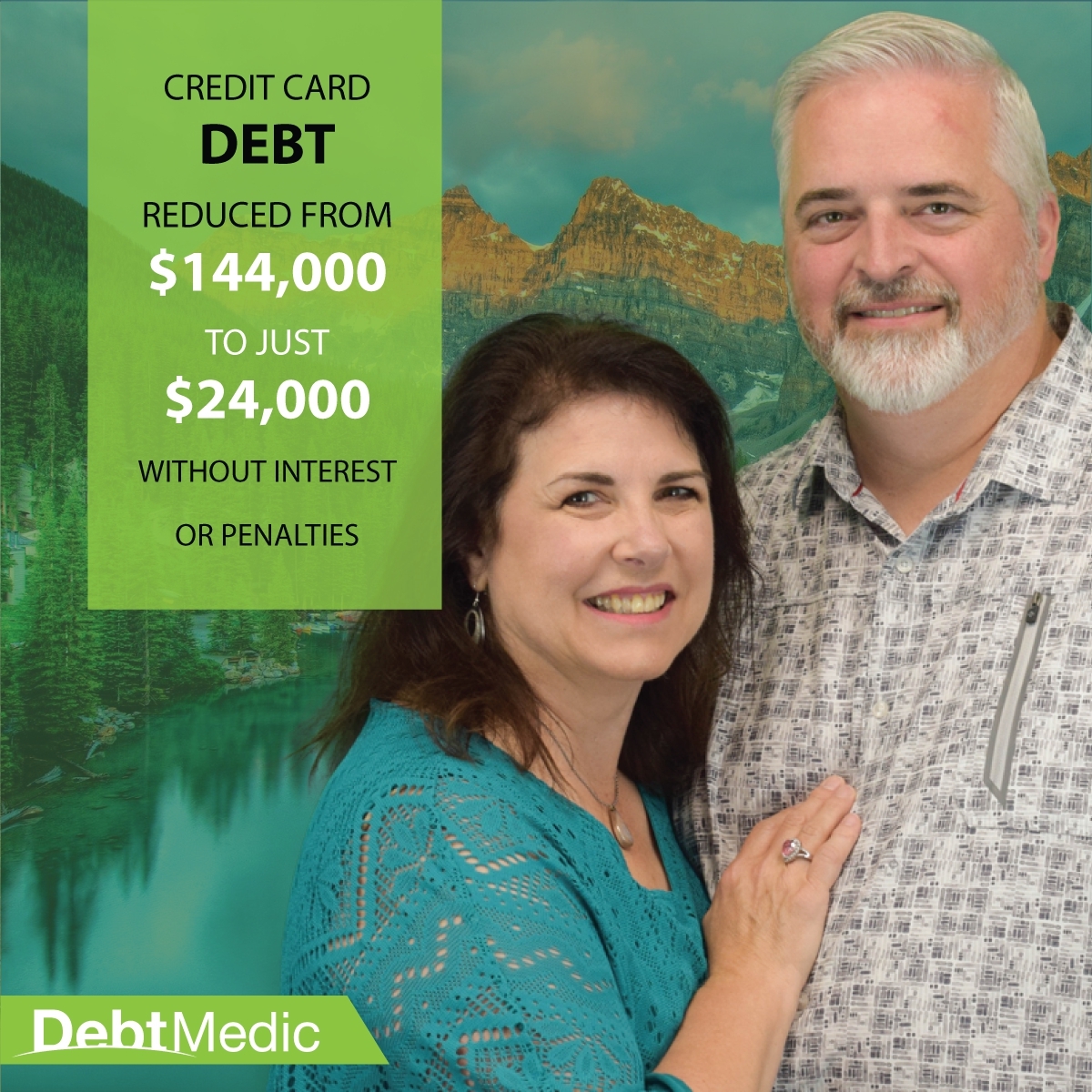Experior Financial Group - Michael Smith
in Midland
On September 03
at 7:44 AM
Experior Financial Group - Michael Smith
in Midland
On August 02
at 1:15 PM
Experior Financial Group - Michael Smith
in Midland
On July 02
at 8:52 AM
Experior Financial Group - Michael Smith
in Midland
On June 25
at 9:10 AM
Experior Financial Group - Michael Smith
in Midland
On June 24
at 11:26 AM
Page 4 of 20







